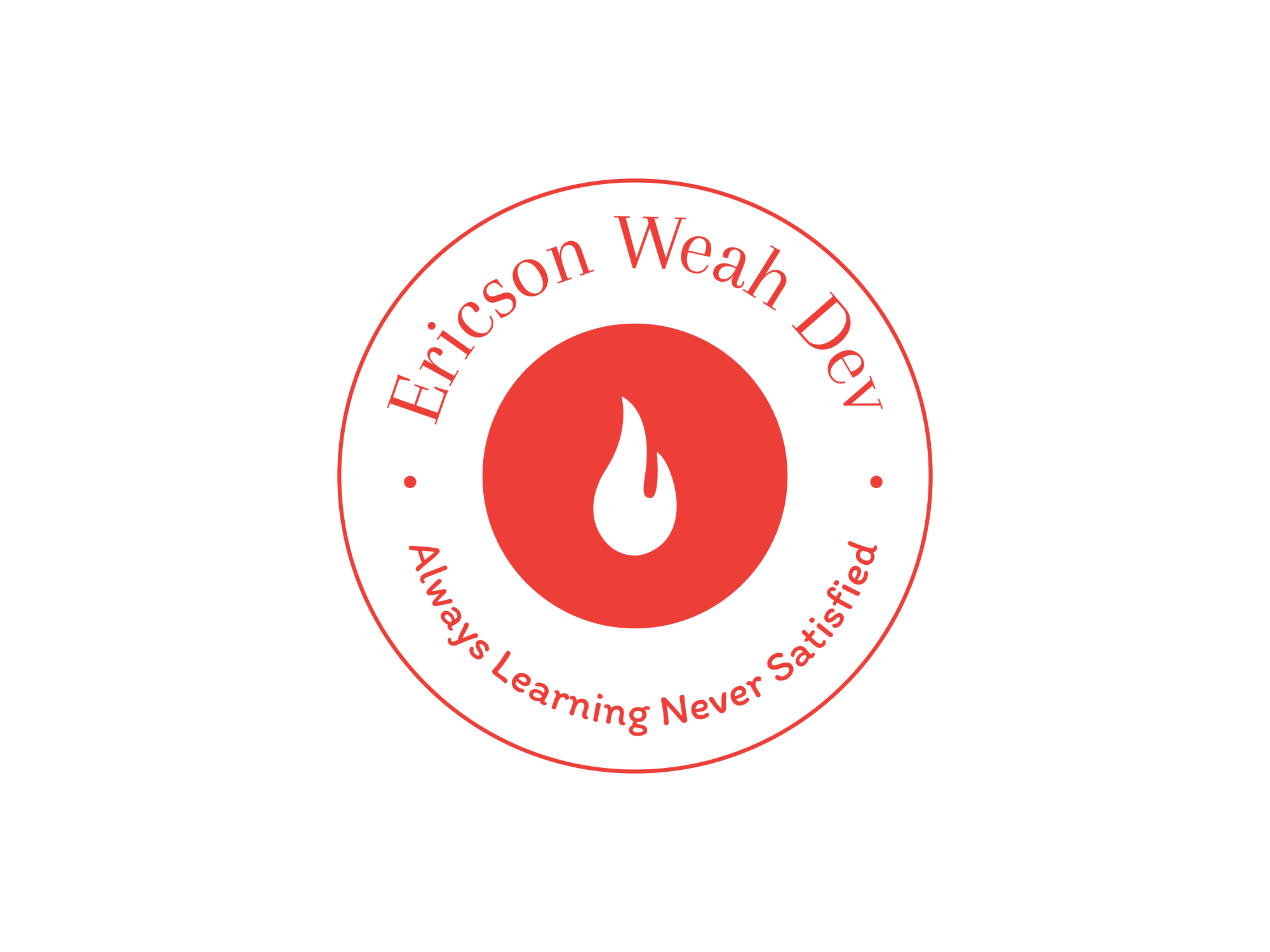Mastering the Art of Project Management in Software Development

In the fast-paced world of software development, effective project management is the linchpin that ensures projects are delivered on time, within budget, and to the highest quality standards. This post explores the fundamental principles of project management and delves into methodologies, key success factors, and best practices that can help you master the art of project management in software development.
Introduction
Effective project management is critical for the success of software development projects. With the increasing complexity of software systems and the rapid pace of technological change, managing projects efficiently is more important than ever. This article highlights the essential role of project management in software development and provides a comprehensive guide to mastering its principles and practices.
Overview of Project Management Principles
Project management involves planning, executing, and overseeing projects to achieve specific goals within constraints such as time, budget, and resources. Key principles include:
- Clear Objectives: Establishing clear, achievable goals.
- Defined Scope: Outlining the project’s boundaries and deliverables.
- Resource Management: Allocating and managing resources effectively.
- Risk Management: Identifying and mitigating risks.
- Communication: Ensuring effective communication among stakeholders.
In software development, these principles ensure that projects are well-organized, meet stakeholder expectations, and are delivered successfully.
Key Project Management Methodologies
Waterfall
Overview
The Waterfall methodology is a linear, sequential approach where each phase of the project must be completed before the next begins. It typically follows these stages: requirements, design, implementation, verification, and maintenance.
Advantages
- Simplicity: Easy to understand and manage.
- Clear Structure: Defined stages and deliverables.
Limitations
- Inflexibility: Difficult to accommodate changes once a phase is completed.
- Risk of Delays: Problems discovered late can cause significant delays.
Agile
Overview
Agile is an iterative and flexible approach that emphasizes customer collaboration, responsiveness to change, and frequent delivery of small, functional pieces of software.
Advantages
- Adaptability: Easily accommodates changes.
- Frequent Delivery: Regular releases improve customer satisfaction.
Challenges
- Communication: Requires constant communication.
- Scope Creep: Potential for uncontrolled changes in project scope.
Scrum
Overview
Scrum is an Agile framework that organizes work into Sprints, typically lasting 2-4 weeks, with roles such as Scrum Master, Product Owner, and Development Team, and ceremonies including Daily Standups, Sprint Reviews, and Sprint Retrospectives.
Benefits
- Transparency: Regular updates and reviews ensure transparency.
- Continuous Improvement: Regular retrospectives promote improvement.
- Team Accountability: Clear roles and responsibilities.
Considerations
- Dedicated Roles: Requires commitment to Scrum roles.
- Adherence to Principles: Successful implementation needs strict adherence to Agile principles.
Kanban
Overview
Kanban focuses on visualizing workflow and continuous delivery, using a Kanban board to manage tasks and limit work in progress.
Advantages
- Flexibility: Can be adapted to various workflows.
- Workflow Management: Visual tools help manage and optimize workflow.
Considerations
- Discipline: Requires disciplined monitoring and prioritization.
Key Elements of Successful Project Management
Clear Objectives and Requirements
- Importance: Ensures everyone understands project goals.
- Techniques: Use clear documentation and stakeholder alignment meetings.
Effective Planning and Scheduling
- Realistic Plans: Create achievable plans and timelines.
- Tools: Gantt charts, task dependencies, and scheduling software.
Resource Management
- Efficient Use: Manage human, financial, and technological resources.
- Balance: Prevent burnout by balancing workloads.
Risk Management
- Identify Risks: Regular risk assessments.
- Mitigation Plans: Develop contingency plans.
Communication and Collaboration
- Clear Communication: Regular updates and open communication channels.
- Tools: Use collaboration platforms and feedback loops.
Quality Assurance
- High Standards: Continuous testing and code reviews.
- Integration: Incorporate quality checks into the development process.
Monitoring and Reporting
- Track Progress: Use KPIs and metrics.
- Regular Reports: Keep stakeholders informed and make data-driven decisions.
Real-World Case Studies
Case Study 1: Agile Transformation
A mid-sized software company adopted Agile and Scrum to improve flexibility and customer satisfaction. Through iterative development and regular feedback, the company reduced development cycles by 30% and increased customer satisfaction by 20%.
Case Study 2: Kanban for Workflow Management
A tech startup used Kanban to manage its workflow and reduce bottlenecks. By visualizing the workflow and limiting work in progress, the team improved task completion rates by 40% and enhanced overall productivity.
Practical Tips and Best Practices
Adapting Methodologies
Choose and tailor methodologies to fit specific project needs. Evaluate project size, complexity, and team dynamics to select the most appropriate approach.
Continuous Learning
Stay updated with the latest project management trends and tools. Attend workshops, webinars, and pursue relevant certifications.
Fostering a Collaborative Culture
Encourage teamwork and open communication. Create an environment that supports innovation and continuous improvement.
Resources for Further Learning
- Articles: “The Lean Startup” by Eric Ries, “Scrum: The Art of Doing Twice the Work in Half the Time” by Jeff Sutherland.
- Courses: Project Management Professional (PMP), Certified ScrumMaster (CSM).
- Communities: Project Management Institute (PMI), Agile Alliance.
Conclusion
Mastering project management in software development requires a deep understanding of methodologies, effective communication, and a commitment to continuous improvement. By applying the principles and practices outlined in this article, you can enhance your project management capabilities and drive successful outcomes in your software development projects.
Effective project management is essential for the success of software development projects. By understanding and implementing best practices, adapting methodologies to fit project needs, and fostering a collaborative culture, you can master the art of project management and achieve outstanding results. Whether you are a seasoned project manager or aspiring to improve your skills, the insights provided here will help you navigate the complexities of software development and deliver successful projects.






 and then
and then
Responses